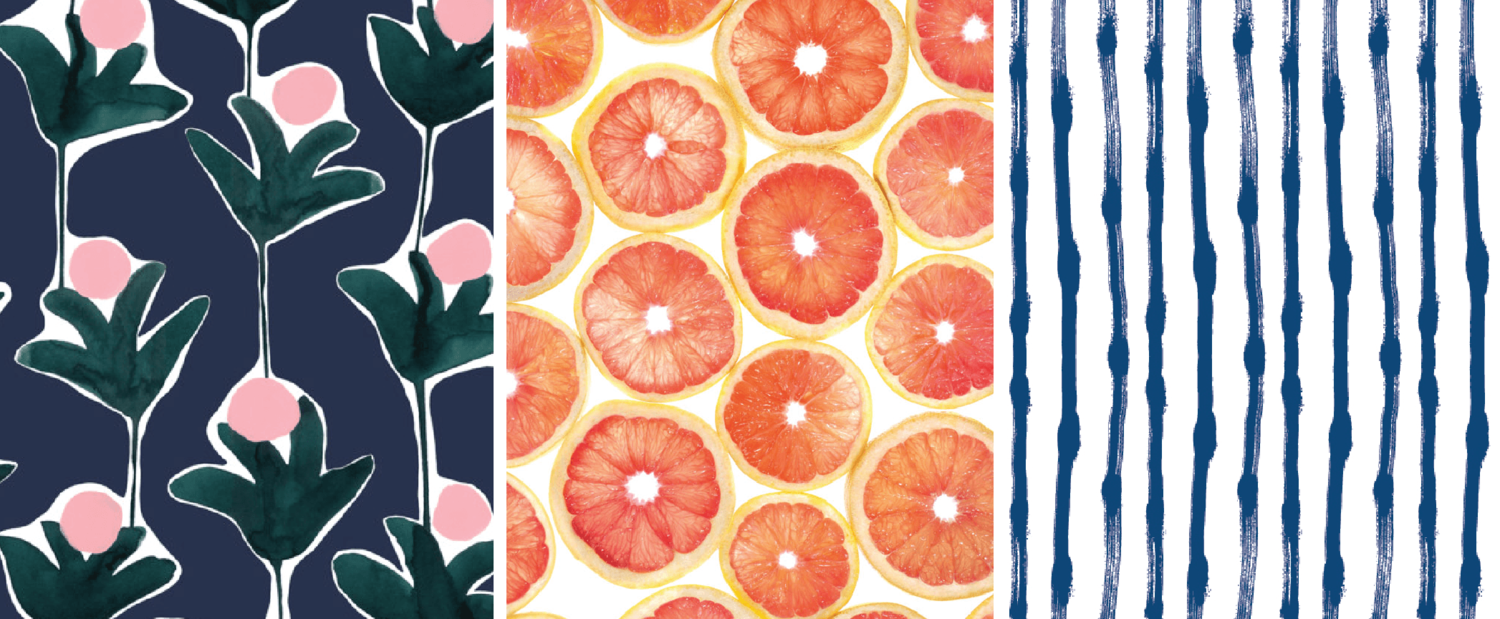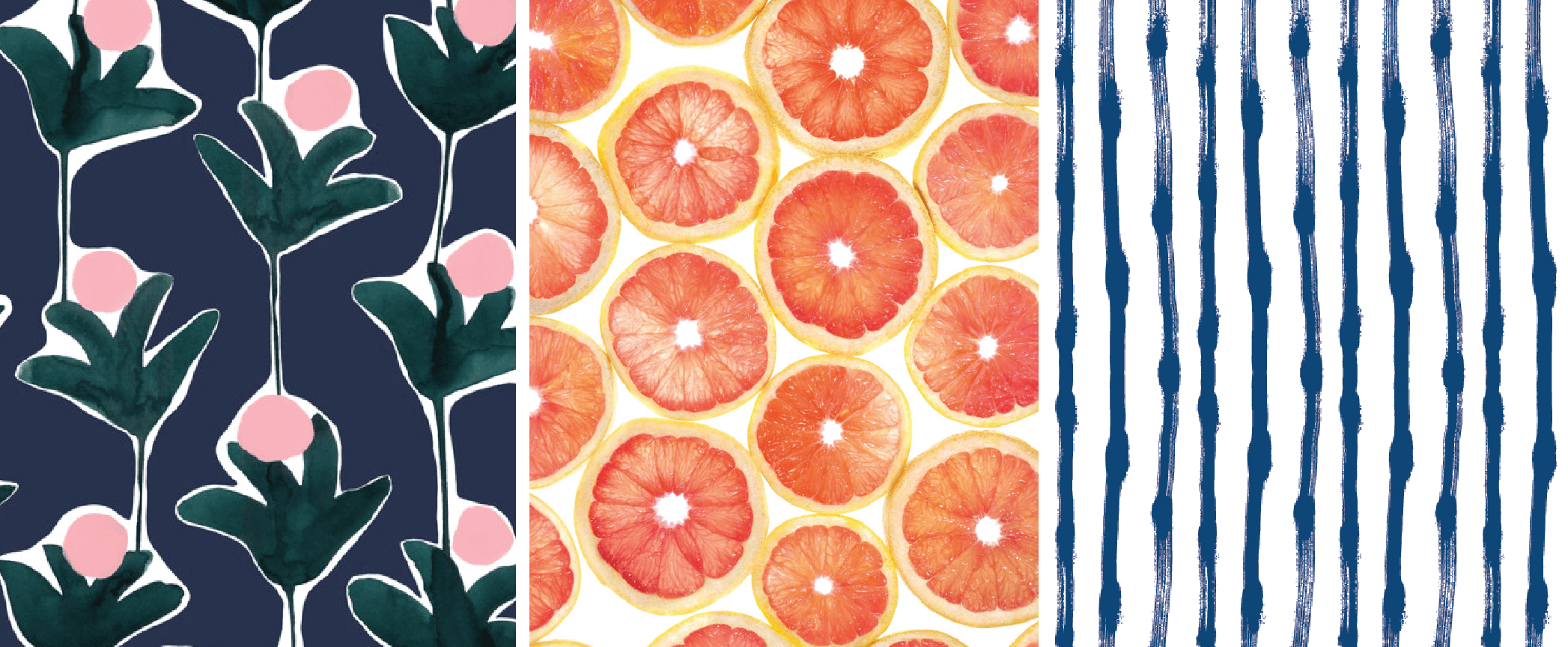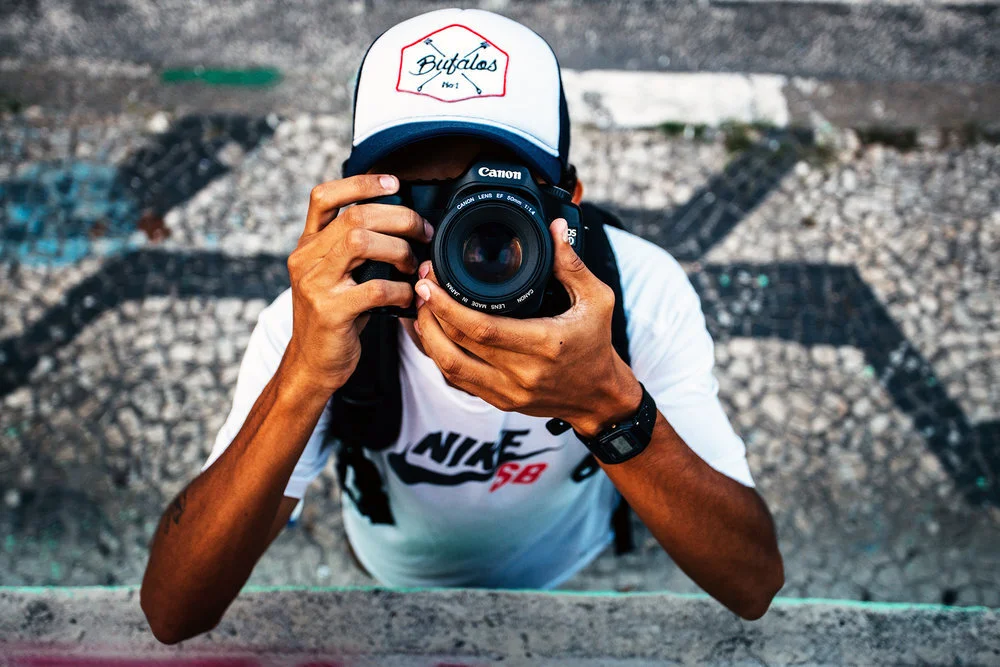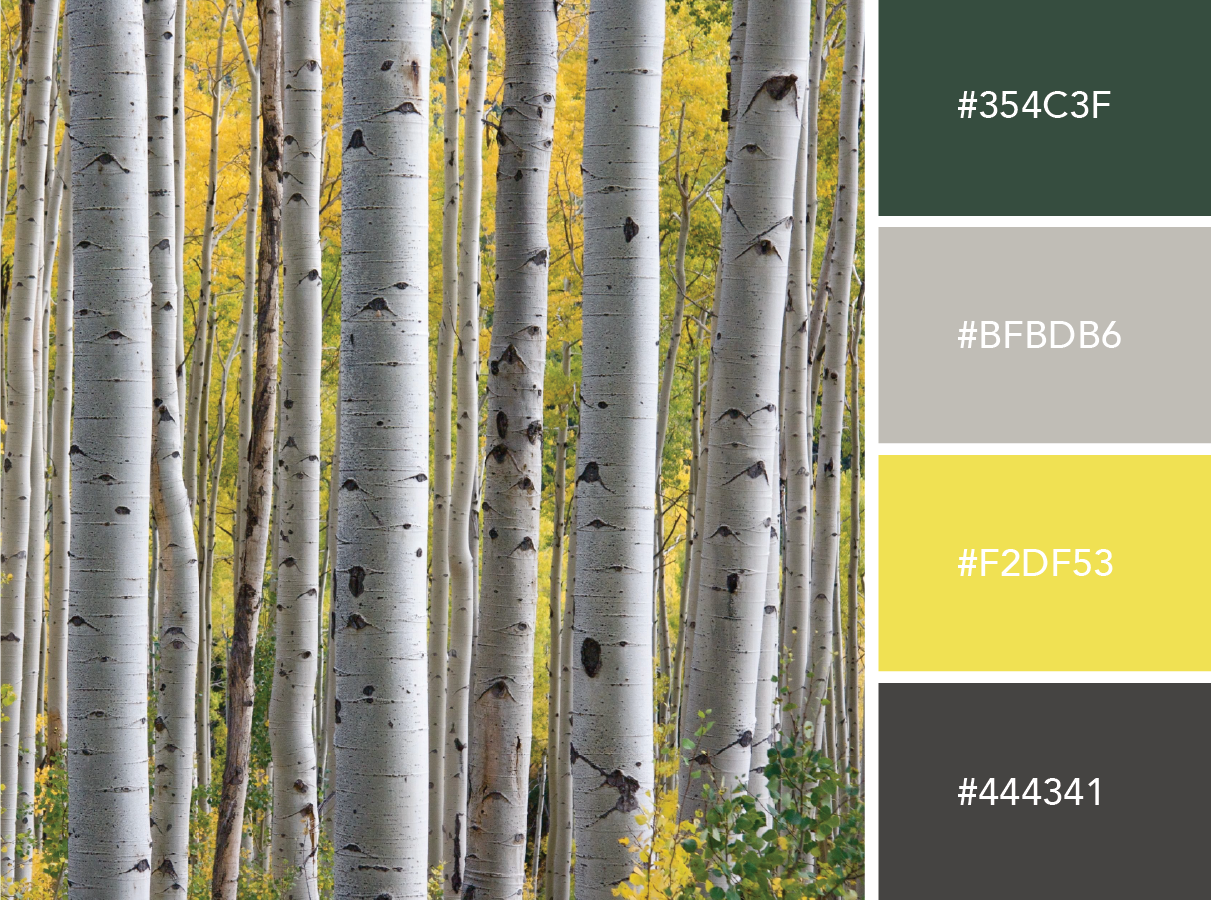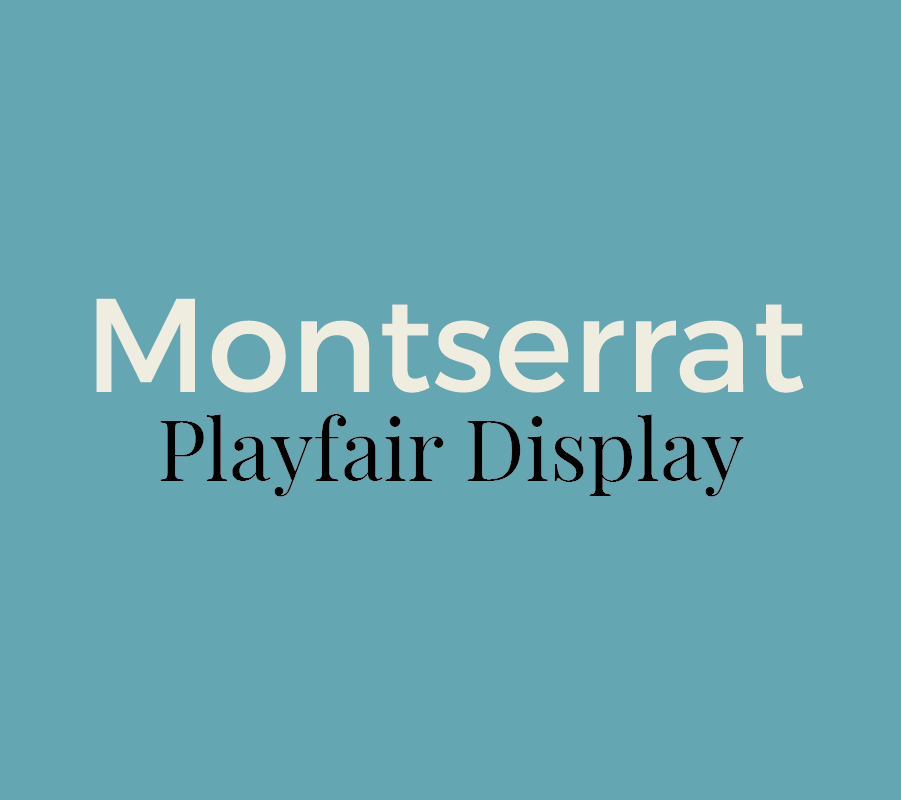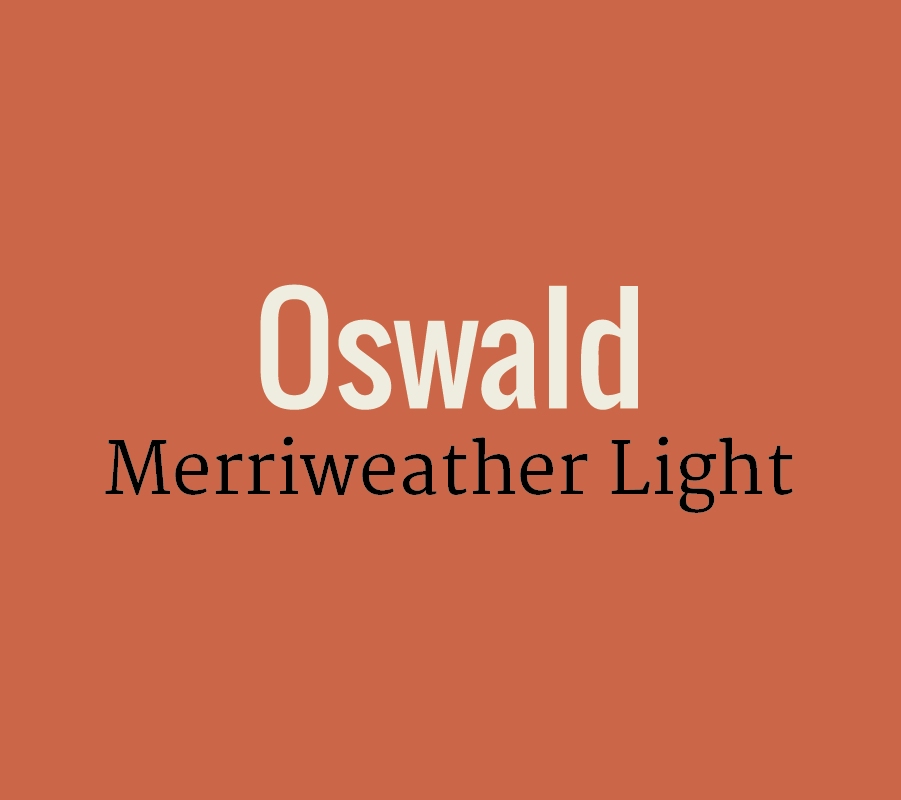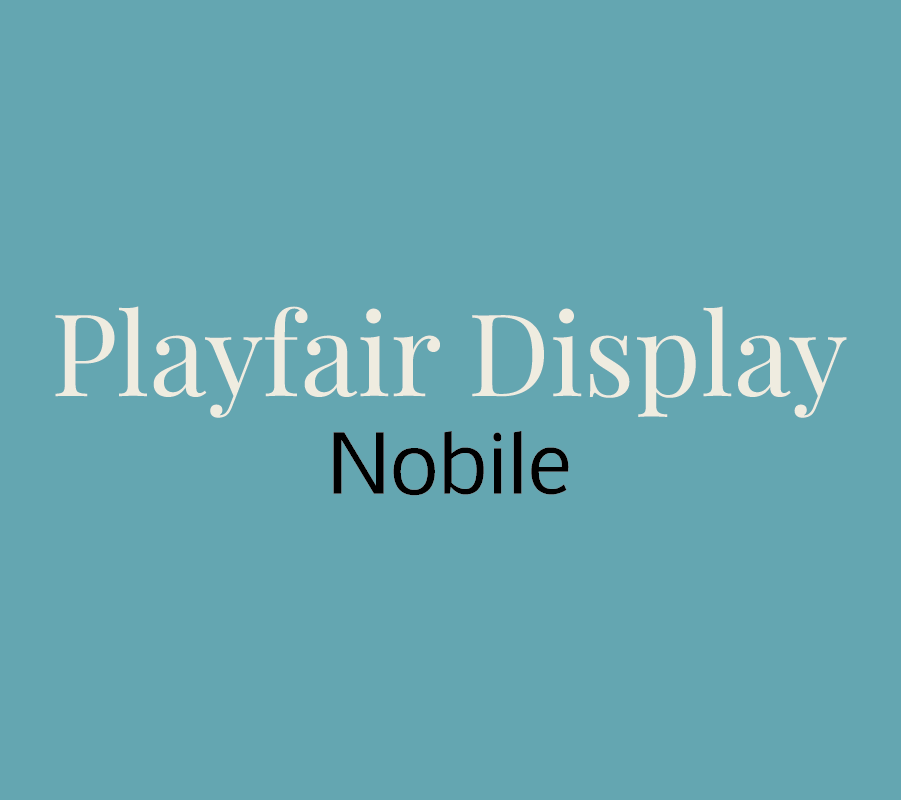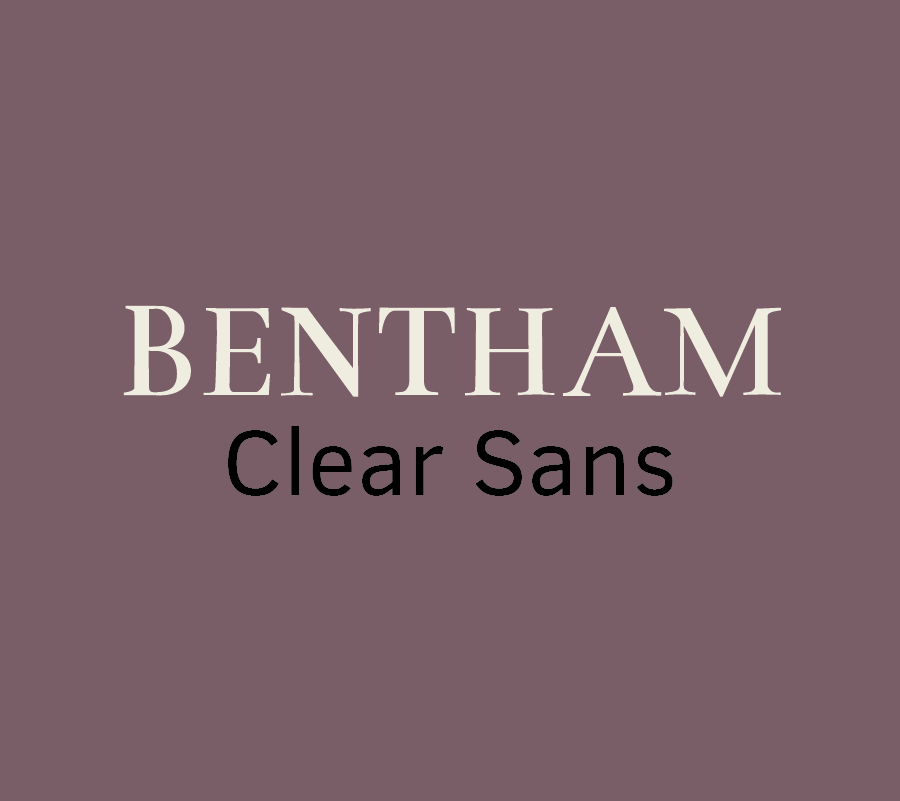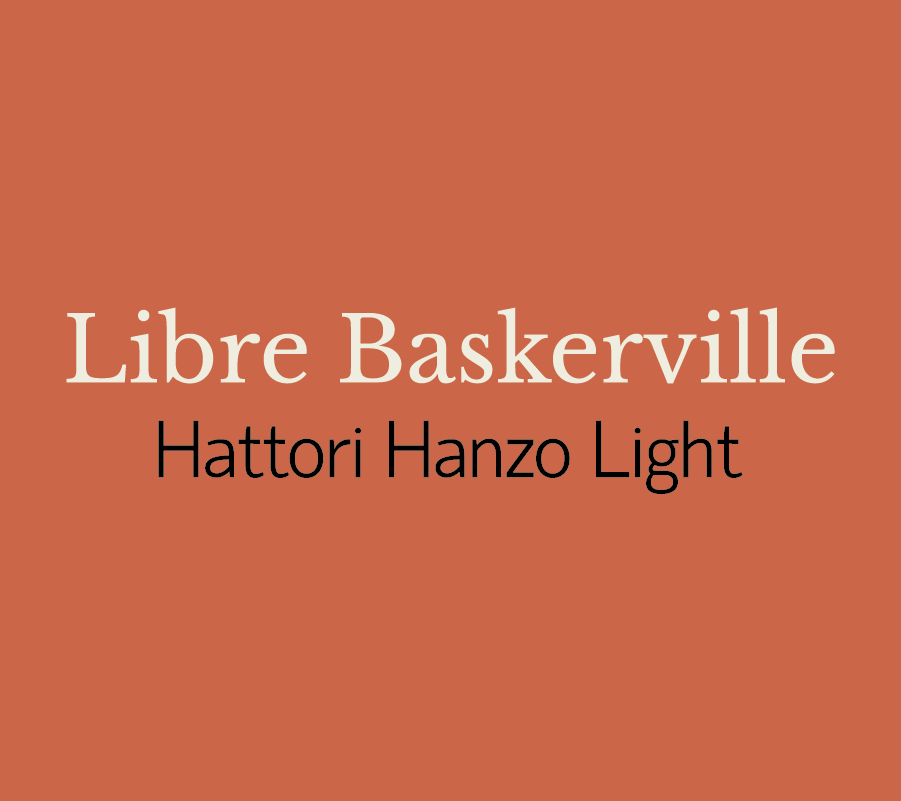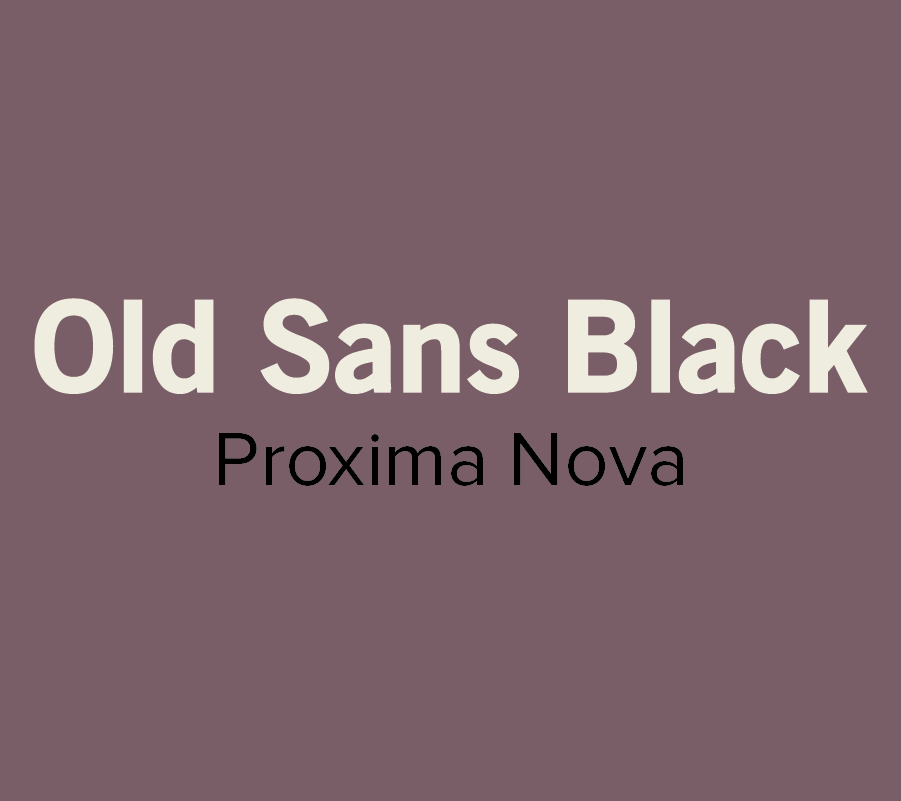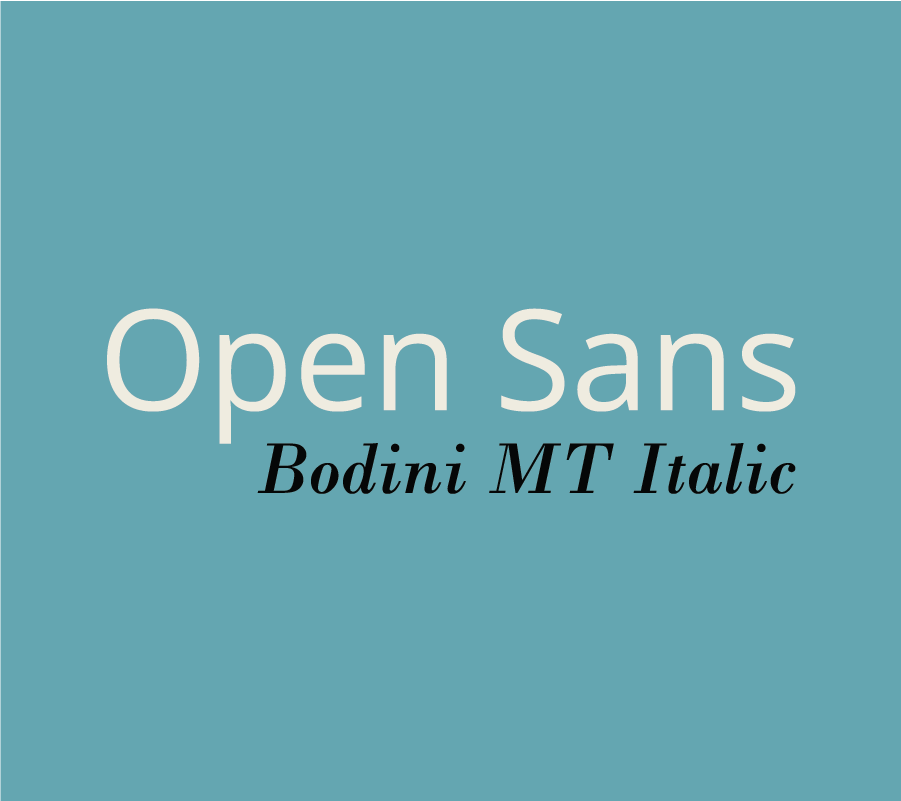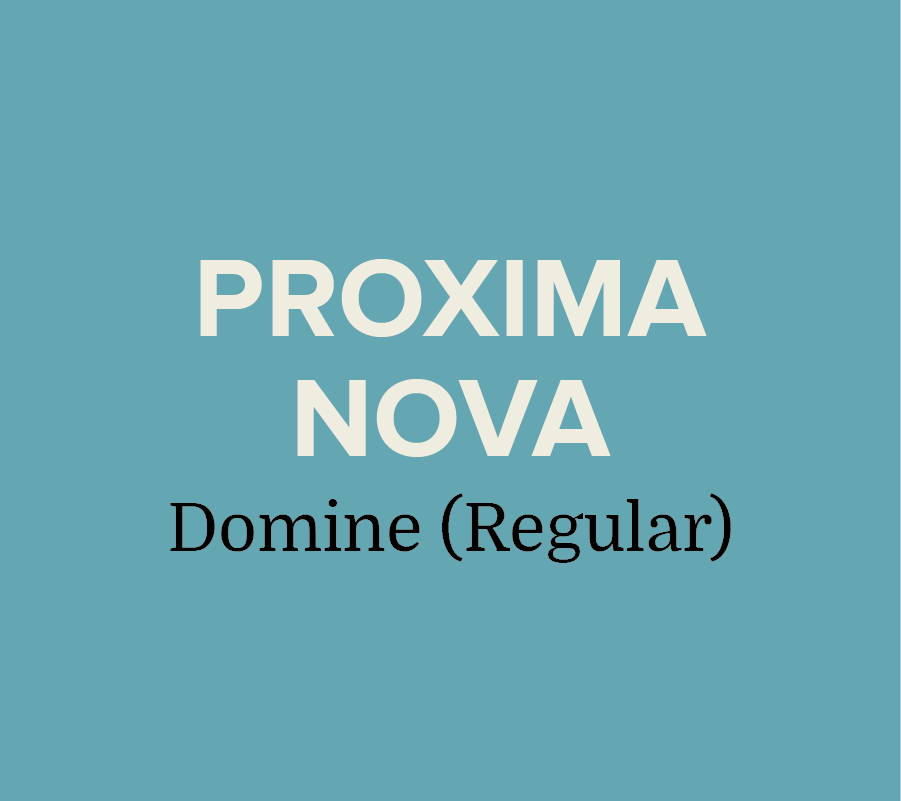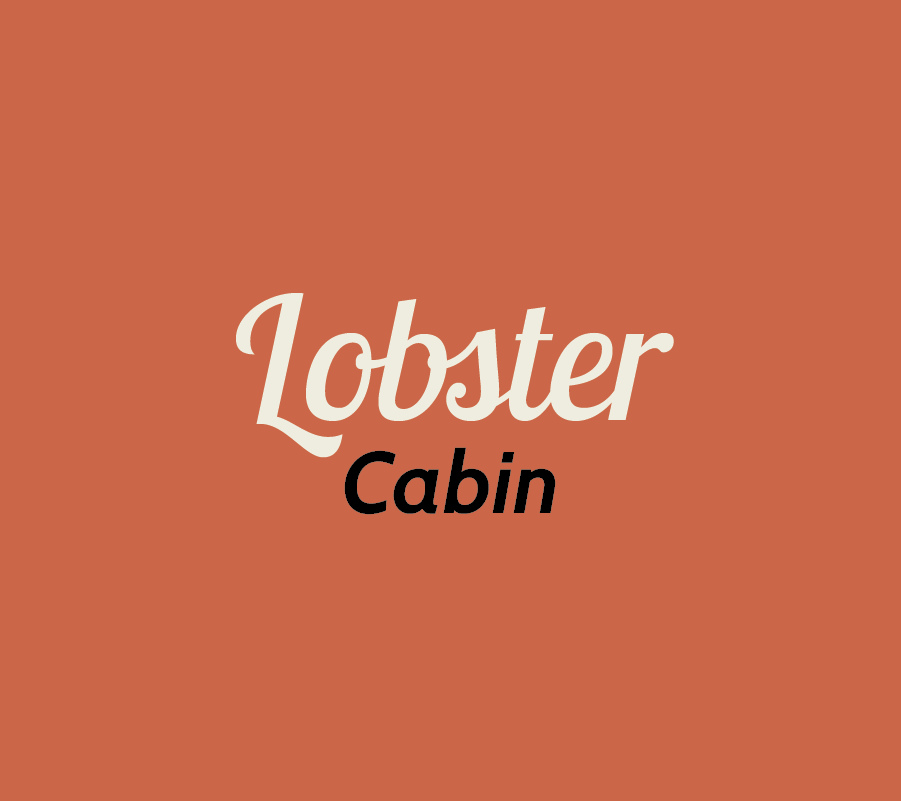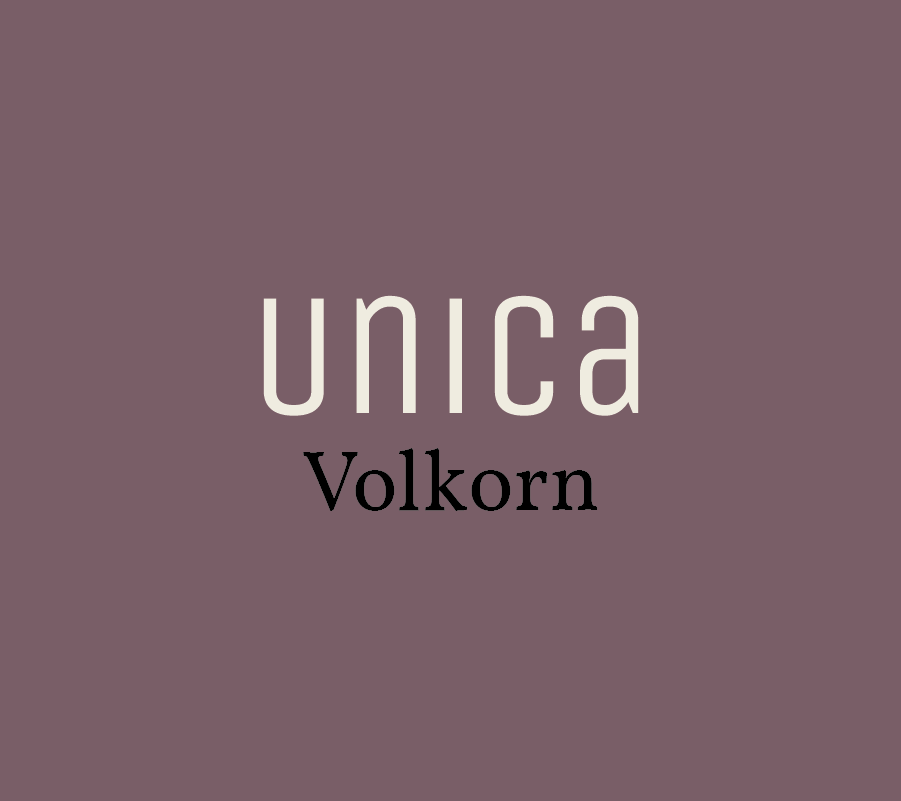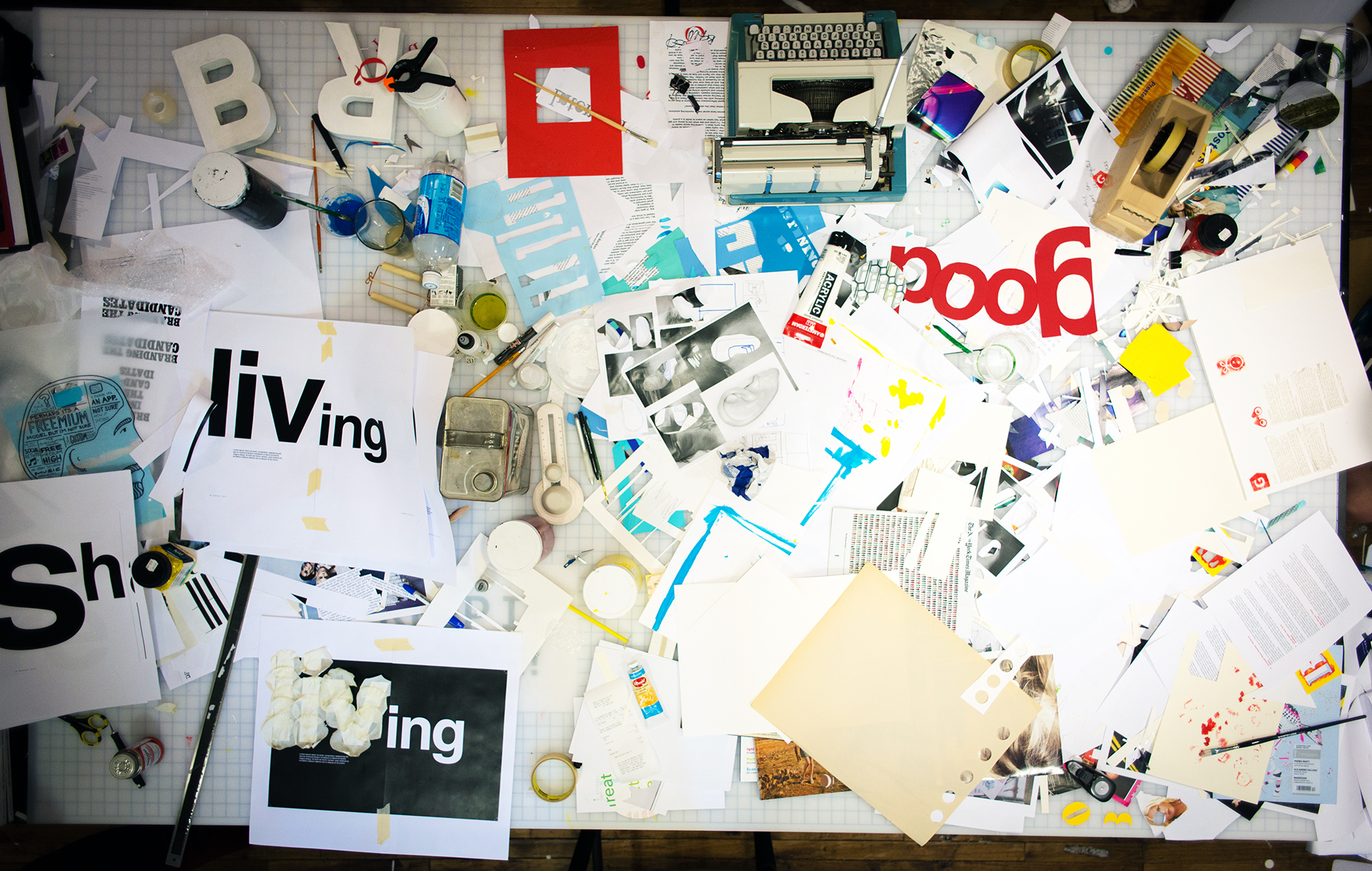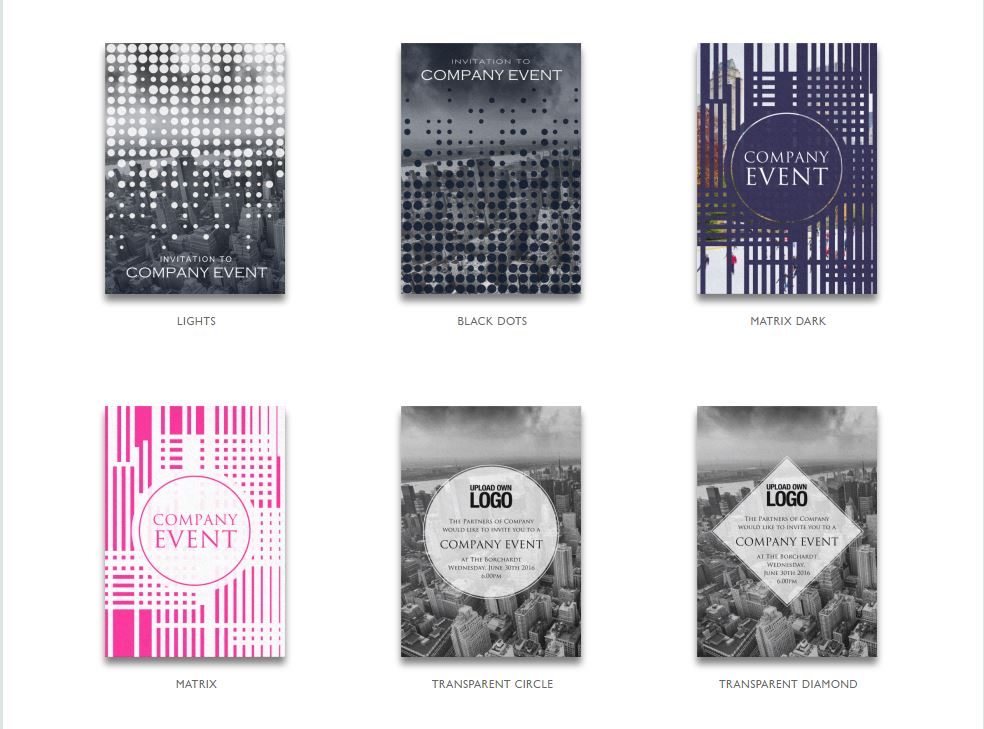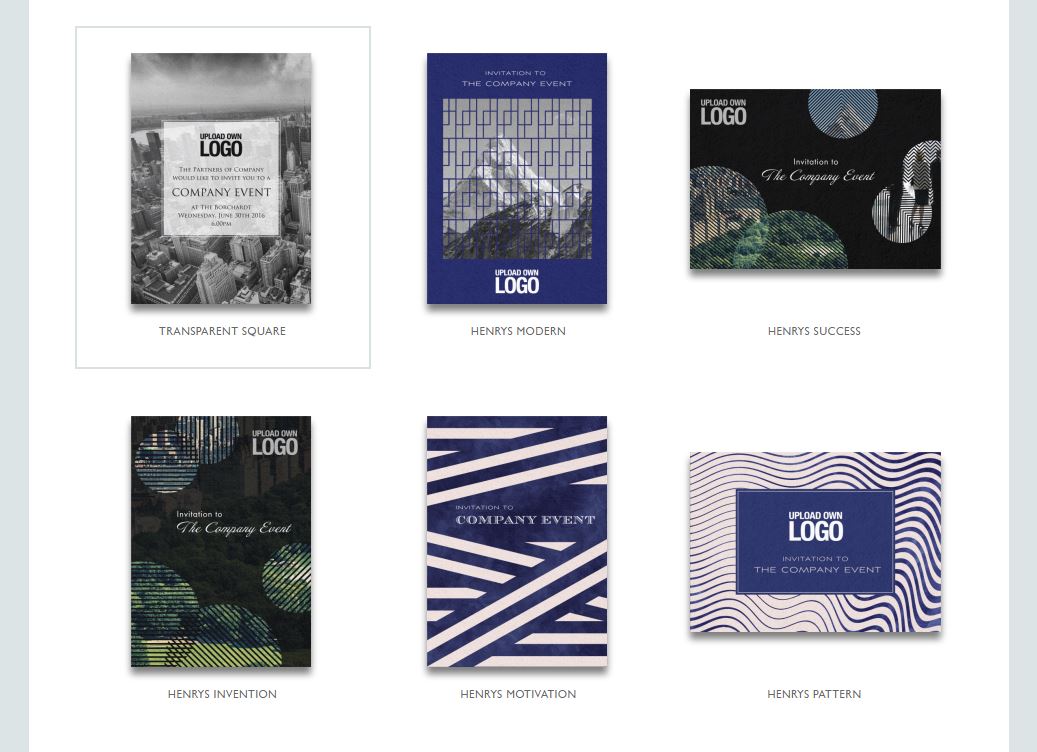To clear up some of the confusion, we've pulled together this easy file format guide. The perfect balance between basic and exhaustive, we hope this will answer all your file-related questions:
.JPEG- Joint Photographic Experts Group
Best for: Web and social tasks where the image has a fixed resolution
This format is great for producing high resolution images for both print and web. JPEGs work through lossy compression, which means that the quality decreases as the file size gets smaller.
.TIF- Tagged Image File
Best for large scale prints, banners, large signs
This format is popular with graphic artists and photographers because it’s great for large scale print images. Because of its large format, it will cause a slow load time and is not recommended for web pages.
.GIF- Graphics Interchange Format
Best for social, small icons, and blogs
Gifs can be downloaded quickly and are often animated. They work through the bitmap image format and can use up to 256 colors in the RGB palate.
.PNG- Portable Network Graphics
Best for website headers, logos, any time you need a transparent background
PNGs are low resolution graphics that are typically used for web pages. They support lossless data compression, so they can be reconstructed without a loss in quality.
If you want your image to have a transparent background (not white) then you'll probably want to use a PNG!
.RAW
Best for: Editing photos before converting them to JPEGs
This format maintains all the data from the image sensor when you take a picture. Unlike a JPEG, a camera raw image file is unprocessed and not yet ready for print. Because RAW files have yet to be compressed, they are ideal for high quality images. Beware -- only certain computer programs will read .raw files!
.PDF- Portable Document Format
Best for: Sharing graphics designed in Adobe, text documents, sending to printer
PDFs are a versatile file format that make it easy to share images and documents. Because of their accessibility, these files are a great way to share work designed in Adobe without the hassle of downloading design software. When in doubt about the software or operating system someone is using send a PDF!
.AI- Adobe Illustrator Document
Best for: art files
An .ai file is one that was created in Adobe Illustrator -- meaning it was probably used for vector illustration or file manipulation. If you want another designer to be able to edit your original design .ai is one of the formats you could send them.
.EPS- Encapsulated Postscript
Best for: sharing images to non-Adobe Illustrator users, sending advertisements and pages, and for sharing logos.
An EPS is a file extension for high resolution vector graphics created in Adobe Illustrator. This format can contain both graphics and text.
.PSD- Photoshop Document
Best for: sending layered images, editing and retouching photos, creating logos and packaging
This raster file format uses layers to easily edit and modify images in Adobe Photoshop. This format is great for retouching photos, manipulating images, and for creating complex digital artwork.
.TTF- TrueType font
Best for: sharing fonts
Due to its precision and ability to maintain quality, TTFs are the standard format for sharing fonts.
.RSS- Rich Site Summary
Best for: sharing news stories, subscribing to blogs, monitoring social media
This format uses web feeds to publish updated blogs, audio, video, and news stories. The RSS format is popular for blogs because it updates subscribers to new content automatically.
.PHP
Best for: web development, e-commerce, application development
PHP is used for web development and serves as a programming language. It can be embedded into HTML code and can be used with web template systems.
.MPEG 4
Best for: Storing audio, video, subtitles, and stills, online streaming
This digital multimedia file format is used both audio and visual. It can also store still images and subtitles.
.MOV
Best for: saving movie, music, and text files, streaming on computers and mobile, downloading audio and video
MOV is a multimedia file container used by Apple’s QuickTime media software. Most videos online are saved in this format because the compressed format makes it easier to download and stream files. Although it was developed by Apple, it is also compatible with Windows.
.WMA- Windows Media Audio
Best for: high quality digital audio and video
Developed by Microsoft, this format is used for audio data compression. This file format can only be played using Windows Media Player.
One more important note: It's not a file format, but color mode is an important distinction to make when exporting artwork. CMYK and RGB are the main two color modes. RGB is an additive color model used for web. Red, green, and blue light are added together to produce different colors. CMYK is a subtractive color model used for print media. Cyan, Magenta, Yellow, and Black (key) are combined for color printing. When exporting from programs like Illustrator or Photoshop it's important to make sure you've selected the right color mode -- or you'll be shocked by what you get back from the printer!
If you're ever unsure about what format to use, be sure to refer back to this guide! We've had plenty of our own file malfunctions -- and it's not a fun place to be.
Tell us, have you ever had a serious file mishap?











